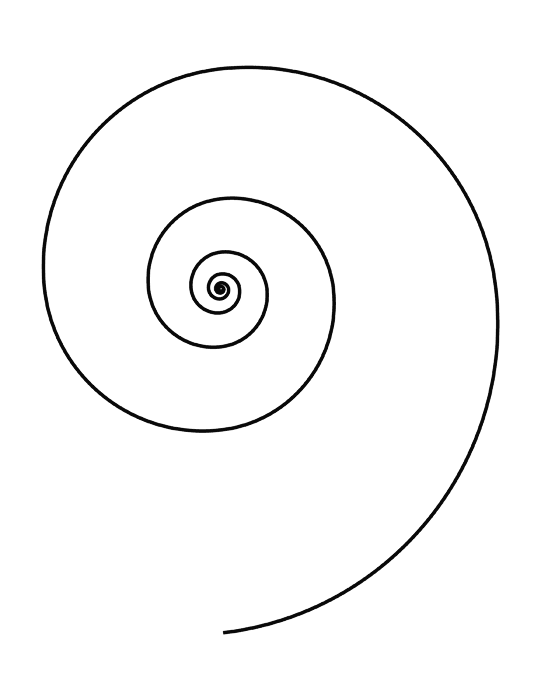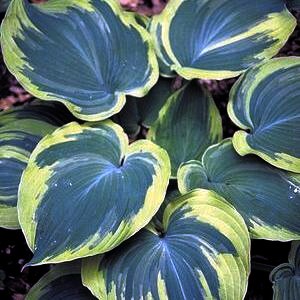|
|
LITR 3731 Creative Writing 2009 Student Poetry Submissions w/ Revision Accounts |
|
Marcus Austin
Body Language
In the corner, where four lots meet,
There are two different fences
And two different trees.
Beneath the Arizona Ash
Hangs a human,
Suspended in the air
In a white cotton chair;
It’s woven Xanax among the
Leaves that have vanished.
Between the cold grey trees
There’s a low metal fence
Which the wind blows through;
But, parallel and perpendicular
Stands another one, taller
And made of wood to hide you.
Then, there in that old fig tree,
A little song-bird twitches his wings.
He’s switching to a higher branch
To see what I can’t see—
That everything is peachy
From the perch above the fence.
So, he sings and sings
Until my worrying begins
And I stop listening.
Revision Account
This poem was written prior to this class, and the wintry setting gives this away, since at the time of the assignment the trees outside aren’t cold and grey, and they have plenty of green leaves. The poem began as a manuscript, scribbled down in black ink with a Waterman Phileas, all at once in a nice reporter-style, orange-covered, Rhodia pad in A5 size with gridded paper:
In the corner
Where four lots meet
There’s two different fences
and two different trees.
Beneath the Arizona ash
Hangs a human being
suspended in air
In a cotton chair
Between the trees
Is a fence you can
See right through
Parallel and perpendicular
There’s another one, taller
And made of wood
So no one can see you
In the fig tree
A little bird
Switches to a branch
A little higher
He sees what I can’t see
That everything
Is peachy keen.
He knows what’s
Over that tall fence
So he sings and sings
Until my worrying begins
And I stop listening.
Some revision took place on the manuscript itself: “between the trees” became “between the grey trees”, “is a fence you can” became “is a low fence you can” although I also played with the word “you” writing down “anyone” and “one” on the manuscript. Later I added the line “woven xanax among the leaves that have vanished” off to the side in parentheses, and I wrote the line “that the wind blows straight through” off to the side of “see right through”; at that moment I hadn’t decided which I liked better.
The poem, at some point, was transcribed to the computer where it underwent further revision.
In the corner where four lots meet
There are two different fences
and two different trees
Beneath the Arizona ash
Hangs a human being
suspended in the air
In a white cotton chair
It’s woven xanax among the
Leaves that have vanished
And between cold, grey trees
There’s a low metal fence
Which the wind blows through
But, parallel and perpendicular
Stands another one, taller
And made of wood to hide you
Then there in that old fig tree
A little songbird twitches his wings
He’s switching to a higher branch
To see what I can’t see
That everything is peachy keen
From the twig above the fence
So, he sings and sings
Until my worrying begins
And I stop listening
At this point most of the revision involved combining lines and enhancing the imagery. For instance, “And made of wood / So no one can see you / In the fig tree / A little bird / Switches to a branch / A little higher/ He sees what I can’t see” became “And made of wood to hide you / Then there in that old fig tree / A little songbird twitches his wings / He’s switching to a higher branch / To see what I can’t see”. From this point I went back and forth on the punctuation that ended up in the final version, and eventually I decided that the punctuation helped the poem. In the version above, the line “Hangs a human being” was shortened to “Hangs a human” at the advice of another poet. I liked the suggestion, and I felt that it added something to the poem, and didn’t distort any other elements. This version was also when the title appeared; drawn across the top of a draft I was carrying around folded up in my literature book.
One of my initial concerns about the poem was the initial imagery of a human hanging from a tree. Several people who read the poem expressed some concern about what they perceived as racial imagery in “Hangs a human” and “white cotton”. Such a theme was never intended, so I was interested in my classmates’ comments. Several classmates did pick up some death imagery, but explained that they followed the poem into the next turn and did not become hung up on those images—which relieved my concern.
Line eight, “It’s woven xanax among the”, sparked some comments about the capitalization of the word Xanax, and whether this word gave too much about the poem away. I decided to capitalize “Xanax” for conventions sake, although I think the word looks better in lowercase, and another classmate agreed with that sentiment. Another classmate commented that Xanax was an anti-depressant—it is not; it is used to combat anxiety. The poem deals with acute anxiety, and the comparison of the hammock chair to a powerful anti-anxiety drug will have to remain, because it is simply closest to the truth.
Someone asked me in the comments, “do you have to talk about two fences? Can you talk about one?” Yes, I must talk about two fences. However, I think that the addition of stanza breaks in the final version makes the images easier to follow because the rhythm of the poem is fairly quick, and the stanza breaks slow it down a bit, and make it easier on the eye. “Peachy keen”, which was a phrase that I had been weary of since the first draft, became simply “peachy”. In line 21 I decided to change twig to “perch”. “Perch” has less dissonance with “branch” than “branch” and “twig” do together, it end rhymes with “branch”, and alliterates with “peachy”, which also has the “ch” sound at the end.
The opening line received two commas, thanks to one reviewer’s suggestion. It breaks the line in two, and I think it slows the whole thing down a bit—which is good. Another area of the poem that concerned me was the line “And made of wood to hide you.” The word “you” received some criticism, and it does look a little funny, but many reviewers praised it for the element of mystery it added to the poem. I decided to leave it because I think that it creates some tension at a moment in the poem where tension and suspense is appropriate for the tone, not to mention its sonic charm: “through” and “you.”
As a whole, I really enjoyed the process of receiving feedback in class. The revision process as made much easier because of the opinions that were shared with me about my poem. In the future, I would like to see myself getting the poem tweaked enough for publication. I plan to keep writing, and even if this poem doesn’t move forward to where I would like to see it, there will be others. Perhaps they will be better poems than this one, especially after they experience their own process of revision.




